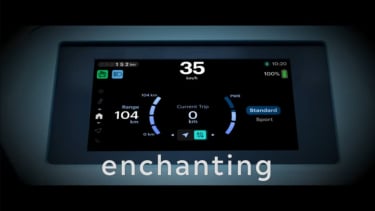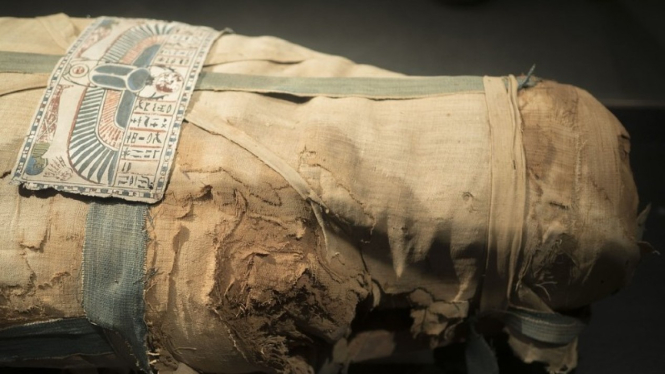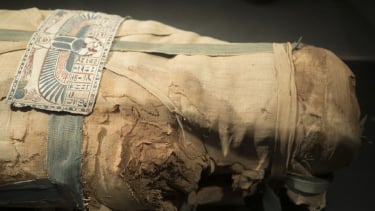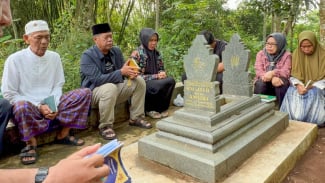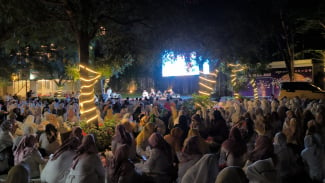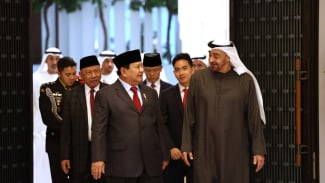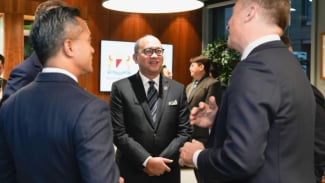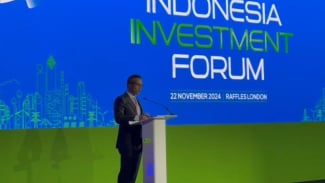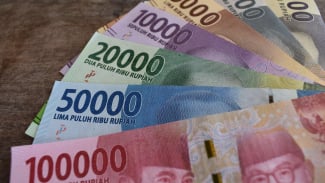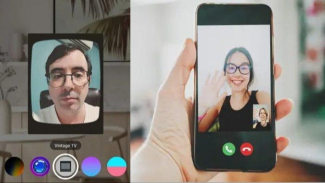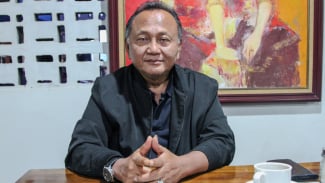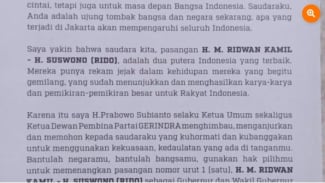Southeast Asia Becomes Source of Mummy Balm in Ancient Egypt
- Pixabay
VIVA – The discovery of dozens of beakers and bowls in a mummification workshop has helped reveal how ancient Egyptians embalmed their dead, with some surprising ingredients imported from as far as Southeast Asia, a study said on Wednesday.
The exceptional collection of pottery, dating from around 664-525 BC, was found at the bottom of a 13-meter (42 feet) well at the Saqqara Necropolis south of Cairo in 2016.
Inside the ships, researchers detected tree resin from Asia, cedar oil from Lebanon, and bitumen from the Dead Sea, showing that global trade helped embalmers source the very best ingredients from across the world.
Ancient Egyptians developed a remarkably advanced process to embalm corpses, believing that if bodies were kept intact they would reach the afterlife.
The process took up to 70 days. It involved desiccating the body with natron salt, and evisceration – removing the lungs, stomach, intestines, and liver. The brain also came out. Then the embalmers, accompanied by priests, washed the body and used a variety of substances to prevent it from decomposing. But exactly how this was done has largely remained lost to time.
Now a team of researchers from Germany's Tuebingen and Munich universities in collaboration with the National Research Centre in Cairo has found some answers by analyzing the residue in 31 ceramic vessels found at the Saqqara mummification workshop.
By comparing the residue to containers found in adjacent tombs, they were able to identify which chemicals were used.
Ilustrasi tembikar.
- Dinas Kelautan Sumbar| Eri Naldi
Making the Corpse Smell Good
“This balm has anti-fungal, anti-bacterial properties which helped preserve human tissues and reduce unpleasant smells," the study's lead author, Maxime Rageot, told a press conference.
Helpfully, the vessels have labels on them. "To wash," reads the label of one bowl, while another says: "to make his odor pleasant".
The head received the most care with three different concoctions -- one of which was labeled "to put on his head".
"We have known the names of many of these embalming ingredients since ancient Egyptian writings were deciphered, “Egyptologist Susanne Beck said in a statement from Tuebingen University.
"But until now, we could only guess at what substances were behind each name," she said.
Embalming and Globalization
The discovery shows that the ancient Egyptians had built up "enormous knowledge that was accumulated during the embalming process that lasted for centuries," says Philipp Stockhammer of Germany's Max Planck Institute of Geoanthropology.
For example, they knew that if natron salts were taken from the body, it would soon be "colonized by microbes that would eat the skin," he says.
The diversity of substances "shows us that the embalming industry" is driving momentum for "globalization," Stockhammer said.
It also shows that "Egyptian embalmers were keen to experiment and gain access to other resins and tar with interesting properties," he adds.
Embalmers are believed to have taken advantage of trade routes that came to Egypt through Indonesia, India, the Persian Gulf, and the Red Sea around 2000 BC.
The Saqqara excavation was led by Ramadan Hussein, an archaeologist at the University of Tuebingen, who died last year before the research was published in the journal Nature.
